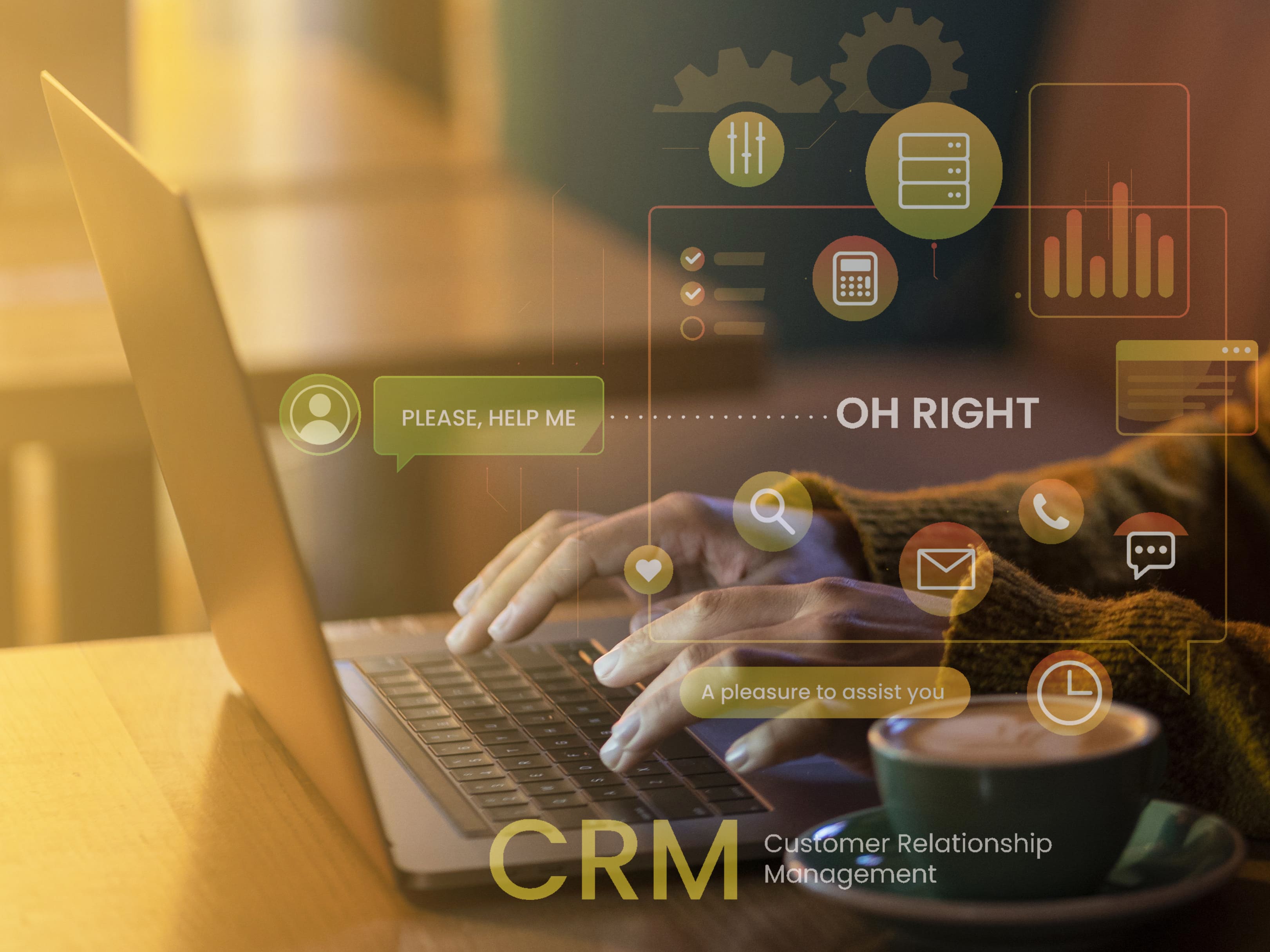
Matching the right media to the right products in record time

Working with visual product data cannot be improvised and is sometimes a skill that is less well mastered by marketing and e-commerce teams. However, in our resolutely visual era, it seems inconceivable today to create a product repository by dissociating the management of photographs. The launch of a new collection, the seasonal renewal of the catalogue, the creation of a new range or the adaptation of visuals to new markets require a refresh or the creation of high quality visuals.
Before these visuals are even associated with the right products and triggered to go online and go on sale, they have to go through long stages, be handled by many different players and... sometimes meet with a bit of friction. Thanks to PIM DAM solutions, it's essential to scrupulously follow the following steps, which will enable you to optimize the management of data and information linked to your products.
Linking photos to product sheets: an acute time crunch
First of all, a photo session is organised to take pictures of the product samples. The photographer orchestrates the shooting and the photos follow one another according to the wishes of the shooter. Generally, 3 to 5 contextualised shots are selected:
- For example, for a pair of shoes: 1 front view, 2 side views, 1 top view and 1 "lifestyle" view, worn on a mannequin will be necessary.
After retouching, the question then arises of sending and associating the logistical data present in the ERP with the marketing and technical data on the PIM (Product Information Manager).
At this stage, methods and tools abound: external image banks, Wetransferintranet, Google Drive... is it really productive? Is the connectivity with the text part of your product sheet 100% reliable and fluid?
Most of the time, the teams raise issues, often blocking, such as :
- Manual sorting of photographs and associated search time
- High-definition media upload time multiplied by the number of shots counted in hours
- Common linking errors:
- To the wrong product sheet and the risk of a corrupted upload
- With sales channels that require precise format and view variations
- Enrichment of textual data (photo credits, copyrights, information about models, etc.) related to the media via Excel, which creates a new need for linking
To achieve this combination and save time, it is necessary to take a global approach where marketing dataIn order to achieve this combination and to save time, it is necessary to take a global approach in which all the elements, technical and media, are worked on uniformly.

Link products and media automatically from Quable PIM/DAM in 4 steps
To manage the media assets that revolve around products, we recommend the use of a DAM (Digital Asset Manager). Better still, to ensure perfect centralization of marketing, technical and media information, a DAM solution integrated with a PIM (Product Information Manager) is ideal for getting all teams working together in the same place.
Quable is a PIM and a DAM, but it's also a unique methodology for linking products and photographs without manual labor. Thanks to automated management and a clear, precise definition of workflows, the management of information, media and other data is significantly faster, more efficient and more qualitative. The complementary nature of the DAM, integrated with the PIM, ensures that companies can rely on reliable data and effective product lifecycle management.
Why implement this process with Quable PIM and DAM?
Implementing data management thanks to the PIM DAM association offers a number of solutions for companies, including :
- Automate the sending of media to the PIM by linking it to the right right product sheet. Quable provides an application that generates a unique barcode for each product. When the photo is taken, the photographer scans it with his handheld and the photo is sent to the PIM. This creates a unique reference link between the barcode and the PIM record.
- Eliminate the upload time. With this process, the photos are sent immediately. No more sending and downloading, the teams receive the photographs on the PIM product sheet.
- Easily manage copyrights and other textual data related to media. As the media is linked to the right product sheet, all that remains is to follow these fields directly in the PIM
- Automatically adapt photographs according to the requirements of the sales channels (marketplaces, e-commerce site, pdf catalogue, etc.). Quable's DAM brick allows you to automatically adapt the formats according to the channels involved. Efficiency guaranteed.
Conclusion
Renewing or creating new photographs for your products is a recurring activity that is extremely time-consuming for the teams in charge of this process, and for the teams involved (marketing, for example). Beyond the tedious operational side of things, sales can be impacted by errors, which can happen very quickly when the processes for linking to the product sheet are not mastered. At Quable, we looked into the matter and decided to create a way of eliminating all manual steps, from the moment the photo is taken, right through to its association in the PIM.
Do you want to save time in managing your media to speed up your sales?
Request your free demo!
Combining photos and product sheets is often time-consuming: multiple RMAs, tedious uploads and a high risk of errors. Quable recommends an optimized, four-step workflow: sample shooting, barcode scanning, automated upload to the DAM via the mobile app, automatic linkage to the PIM sheet, and declination of formats according to channels.
The DAM manages versions, metadata and usage rights, while the PIM structures and distributes these media in product sheets. This coupling eliminates manual tasks, eliminates errors, centralizes assets and automates final rendering, for high-performance media management.








_Leader_Mid-Market_Leader.svg)

_MomentumLeader_Leader.svg)

_BestResults_Enterprise_Total.svg)
_EasiestToUse_Enterprise_EaseOfUse.svg)
_UsersMostLikelyToRecommend_Enterprise_Nps.svg)






